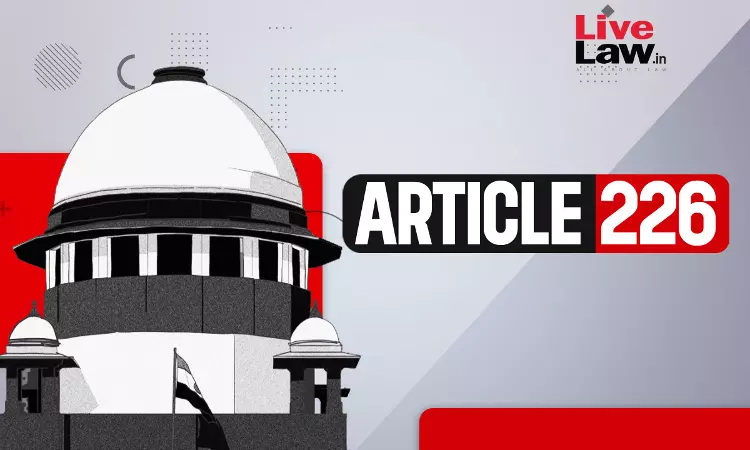Principles For Issuing Writ Of Certiorari Under Article 226 : Supreme Court Summarises
Suraj Parmar
28 Aug 2023 12:42 PM IST

Next Story
28 Aug 2023 12:42 PM IST
In a recent legal development, the Supreme Court bench comprising Chief Justice of India DY Chandrachud and Justice J.B. Pardiwala summarised the cardinal principles governing the exercise of extraordinary jurisdiction under Article 226 of the Constitution, particularly concerning the issuance of a writ of certiorari.The judgment in this case Central Council for Research in Ayurvedic Sciences...
